Here are some fascinating, lesser-known purposes for everyday household items that can make life easier, more efficient, and a little more interesting. From the hidden designs in certain products to practical uses you may not have thought of, these tips will help you discover new ways to use items you already have.
1. Holes in Pot Handles as Utensil Holders
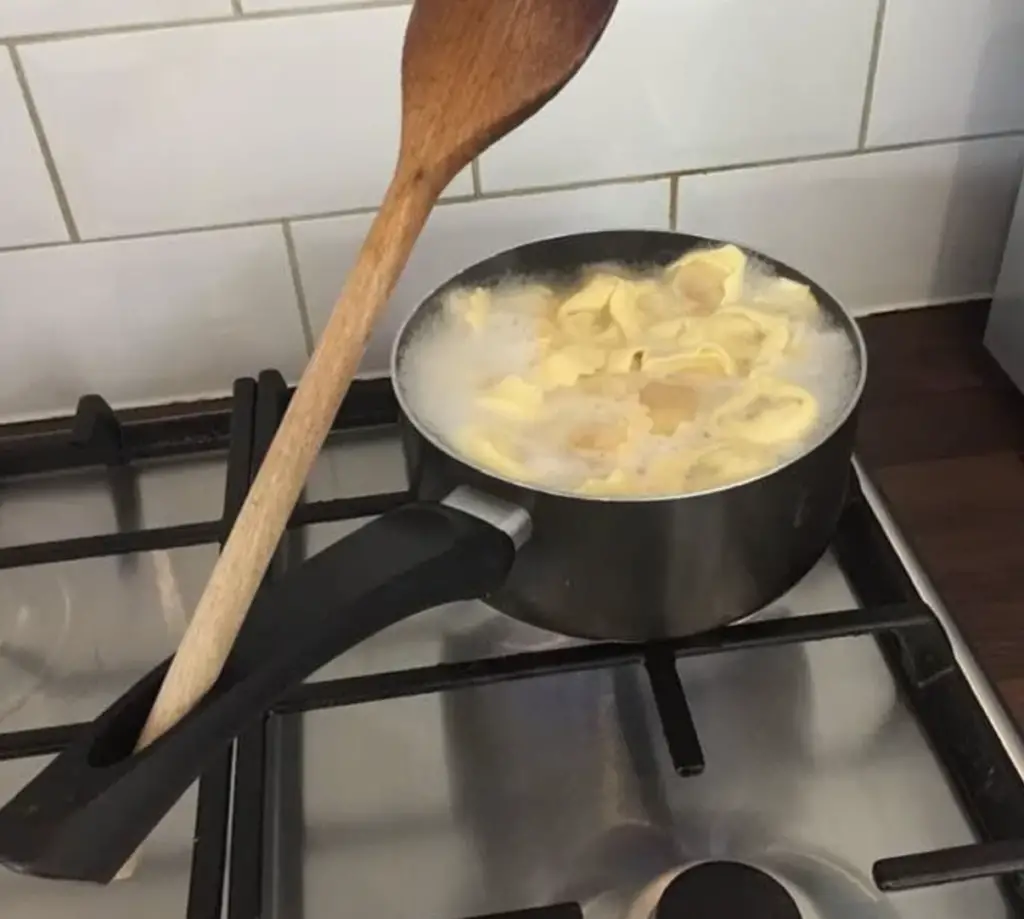
That hole in the handle of your saucepan is there for more than just hanging it up. It’s also designed as a place to rest a stirring spoon, helping to prevent mess on your counters. This little feature makes cooking cleaner and keeps your utensils in reach while you prepare your meal.
2. Tiny Pocket in Jeans as a Watch Pocket

The small pocket inside the front right pocket of most jeans actually had a specific function in the past. Originally, it was designed to hold a pocket watch, a common accessory in the 1800s. Today, it can be a perfect spot for keeping small items like rings, earbuds, or coins.
3. Bumps on Keyboard “F” and “J” Keys for Typing Guidance

If you’ve ever noticed the slight bumps on the “F” and “J” keys on a keyboard, they’re there to help with touch-typing. These raised markers allow your index fingers to find their proper positions without needing to look down. It’s a simple design that enhances typing accuracy for everyone, from beginners to pros.
4. Pen Caps with Holes as a Safety Feature
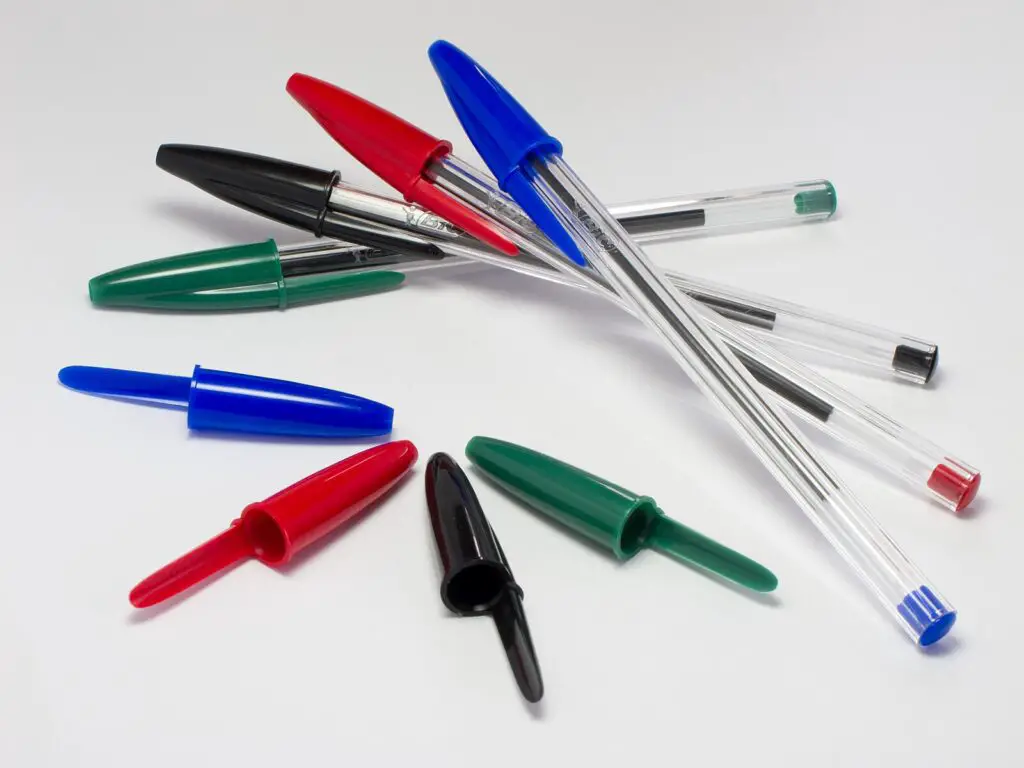
Those tiny holes at the top of pen caps might seem like they’re just for airflow, but they have an essential safety purpose. If a cap is accidentally swallowed, the hole helps prevent choking by allowing air to pass through. This thoughtful feature has likely saved lives, especially among children.
5. Soda Can Tabs as Straw Holders

If you’ve ever tried to drink from a can with a straw, you know it can be tricky to keep the straw in place. By twisting the can’s pull-tab around, you can use it to hold a straw steady. It’s a clever way to make sipping from a can easier and cleaner.
6. Fabric Swatches as Test Patches
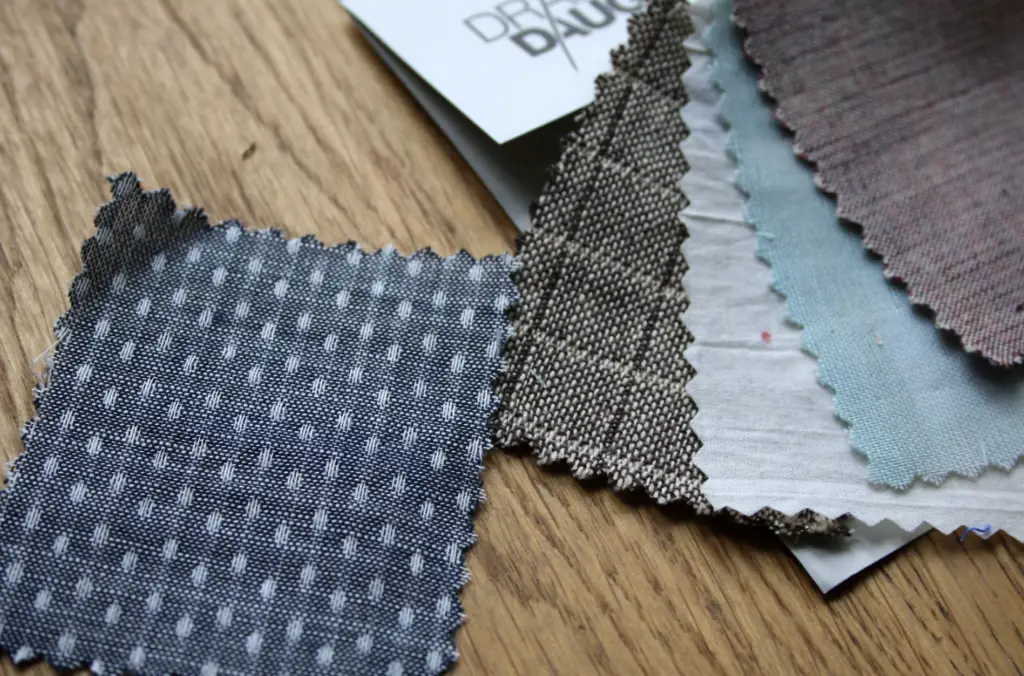
The small fabric swatches that come with new furniture or clothes aren’t just for matching colors. They’re also meant to test cleaning products before using them on the whole item. This allows you to avoid ruining fabric with cleaners that may stain or damage the material.
7. Holes in Pasta Spoons for Measuring

Most pasta spoons have a hole in the middle, which serves as a measuring guide. This hole is intended to hold exactly one serving of dry spaghetti. This hidden feature makes it easy to avoid cooking too much or too little pasta, and it helps with portion control.
8. Bumps on Medicine Bottles as Accessibility Aids

Those small, raised bumps on some medicine bottle caps have a functional purpose, especially for those with visual impairments. These bumps signal that it’s a “push-down-and-turn” cap, a design meant to be child-resistant while still accessible for people who rely on tactile cues.
9. Hole in Tape Measures as a Hanging Helper
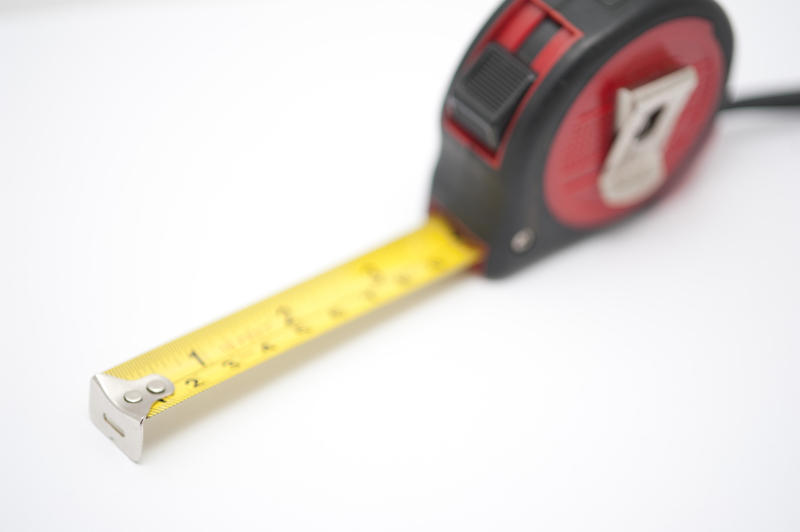
The small slot at the end of a tape measure might look unimportant, but it’s actually a useful tool. You can hook this slot onto a nail or screw for a more accurate solo measurement. This little feature makes it easier to measure precisely without needing an extra set of hands.
10. Wooden Hanger Cedar Material for Pest Control

Wooden hangers aren’t just about aesthetics; many are made from cedarwood, which naturally repels pests like moths. Cedar hangers keep delicate clothing safe from bugs without the need for chemical mothballs. This is especially useful for woolen clothes and other materials prone to damage.
11. Divots on the Bottom of Wine Bottles for Stability

The indentation on the bottom of a wine bottle, known as a punt, serves more than one purpose. It helps with the stability of the bottle and provides a place for sediment to collect, keeping your wine clearer when pouring. It’s a small design choice that enhances both function and form.
12. Extra Shoelace Hole for Better Ankle Support
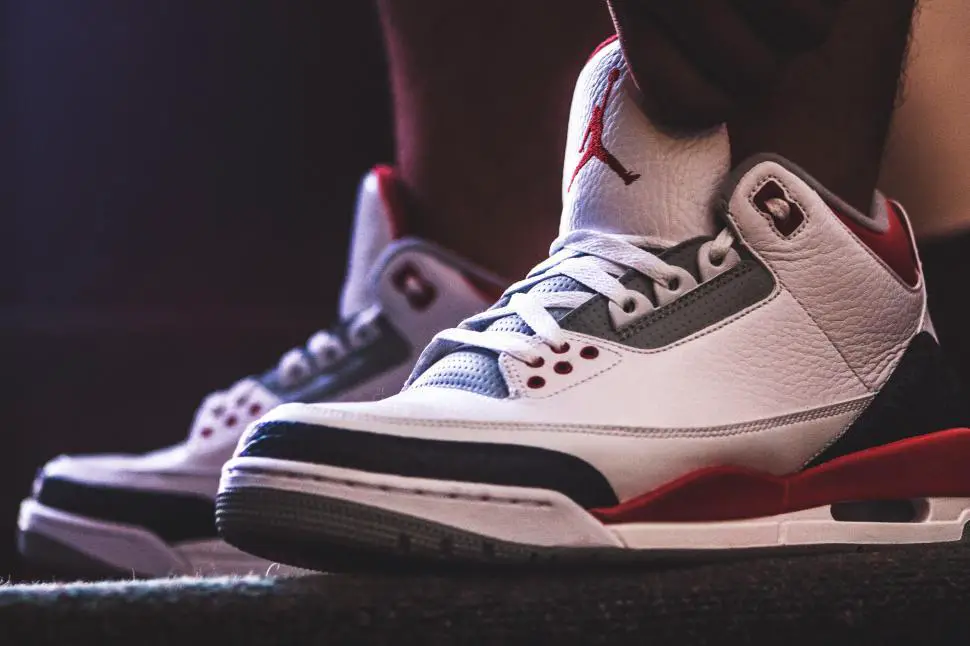
Many running shoes have an extra shoelace hole at the top, which is often overlooked. This extra hole is designed for creating a “heel lock” or “lace lock,” which provides additional ankle support and prevents blisters. By using this feature, you can make your shoes fit more snugly.
13. Notches on Utility Knives for Blade Breaking
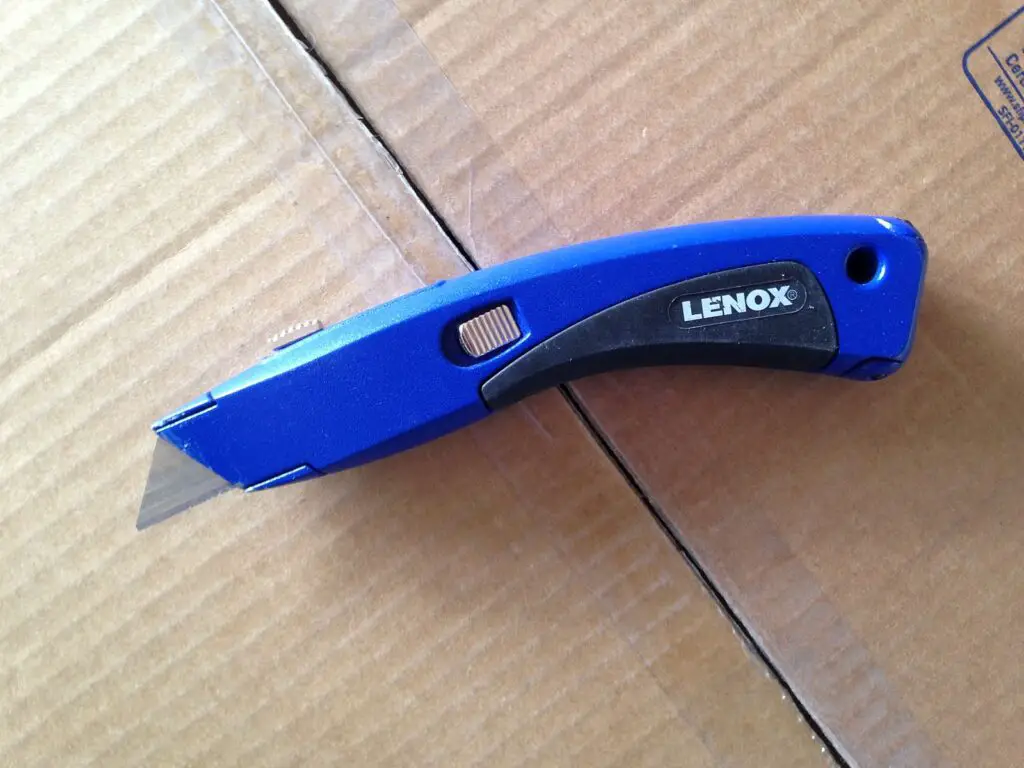
Utility knives typically have a series of notches along the blade, allowing for easy removal of dull sections. When the blade becomes too dull, you can snap off the end along one of these lines for a fresh, sharp edge. It’s a simple way to get more life out of each blade and keep cuts clean.
These small design details and hidden purposes make everyday items more versatile than they might seem at first glance. Learning about these hidden functions can give you a new appreciation for the thought that goes into product design and help you make the most of the things you already own.
